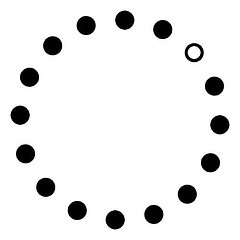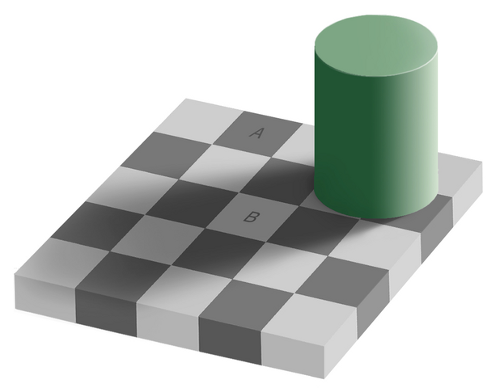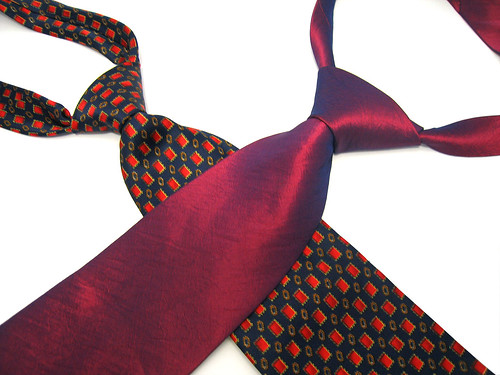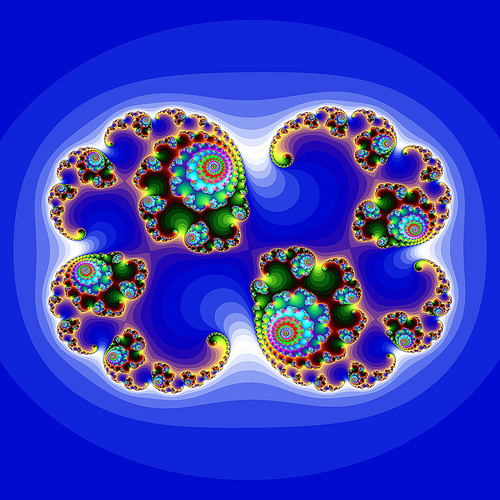Once upon a time, there lived a rich farmer who had 30 children, 15 by his first wife who was dead, and 15 by his second wife. The latter woman was eager that her eldest son should inherit the property. Accordingly one day she said to him, “Dear Husband, you are getting old. We ought to settle who shall be your heir. Let us arrange our 30 children in circle, and counting from one of them, remove every tenth child until there remains but one, who shall succeed to your estate.”
The proposal seemed reasonable. As the process of selection went on, the farmer grew more and more astonished as he noticed that the first 14 to disappear were children by his first wife, and he observed that the next to go would be the last remaining member of that family. So he suggested that they should see what would happen if they began to count backwards from this lad. She, forced to make an immediate decision, and reflecting that the odds were now 15 to 1 in favour of her family, readily assented. Who became the heir?

— W.W. Rouse Ball, Mathematical Recreations & Essays, 1892




